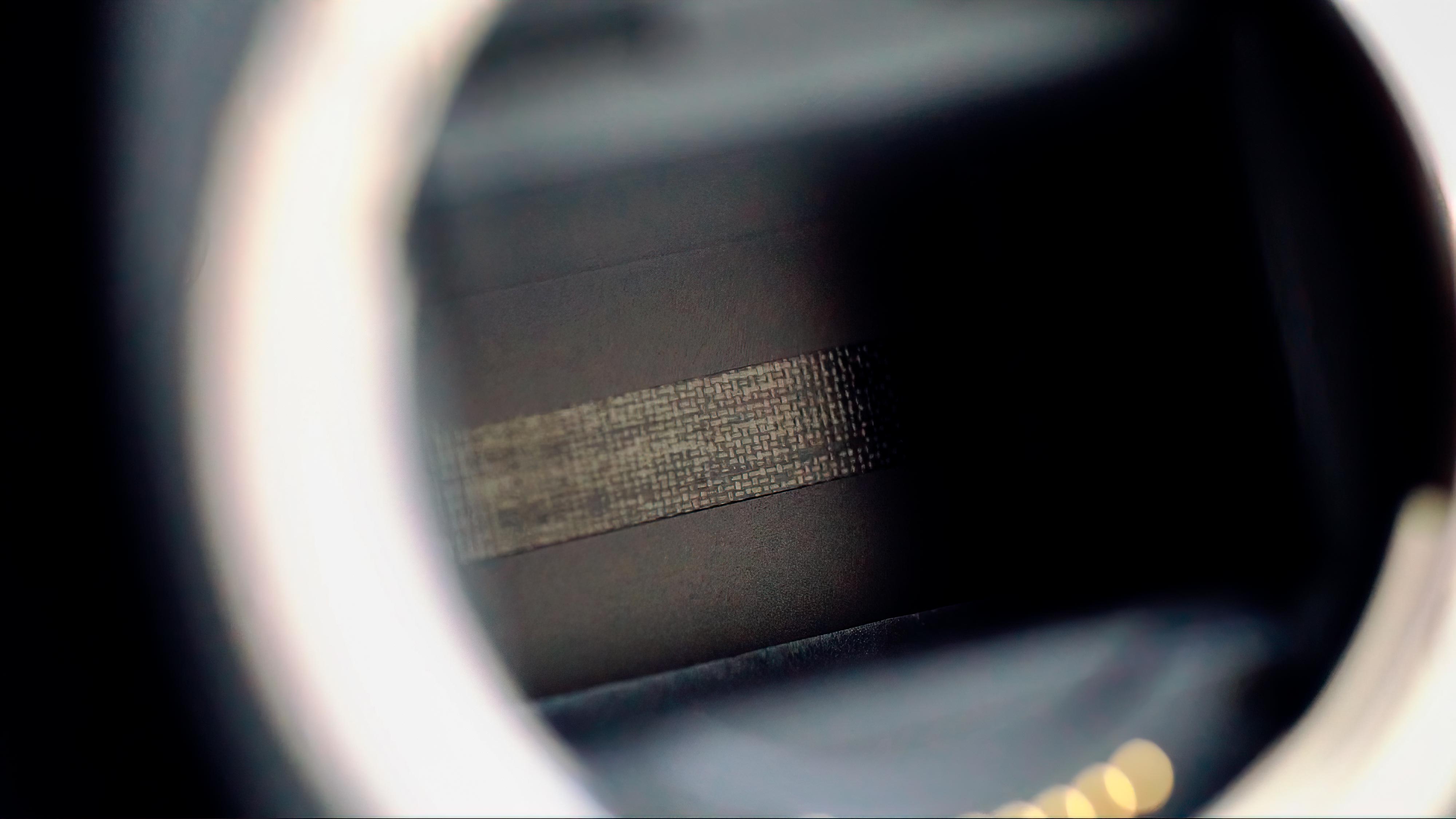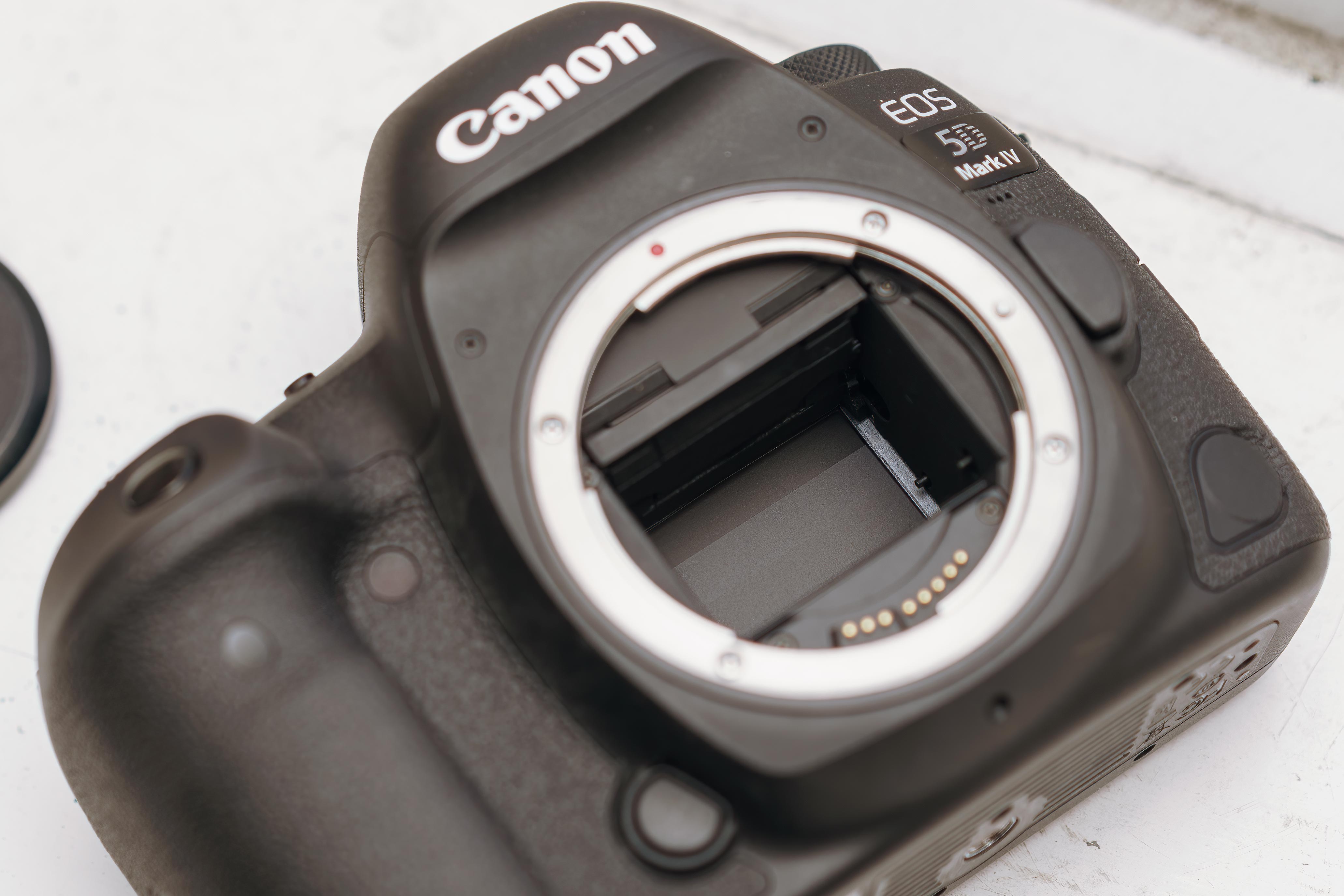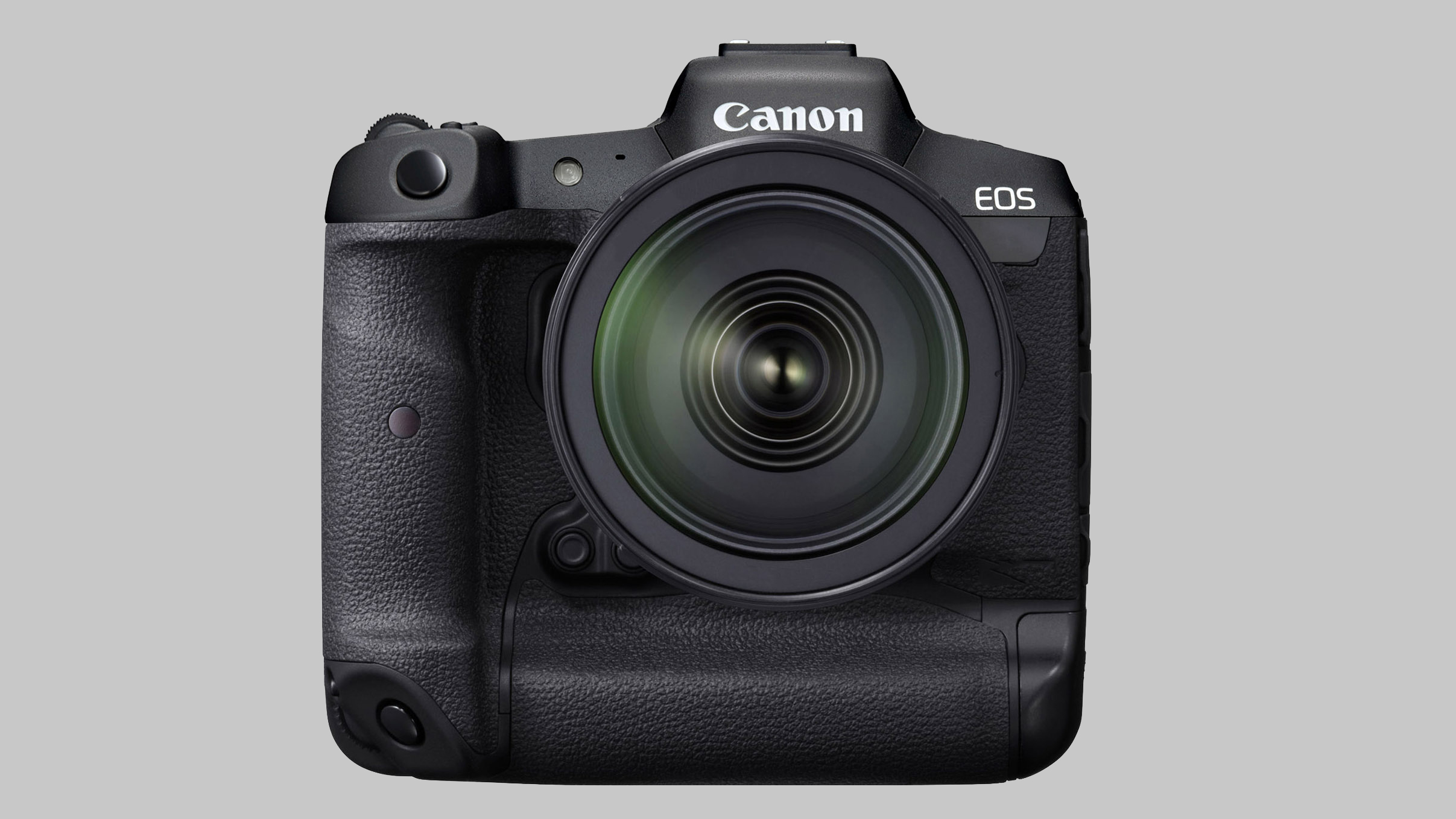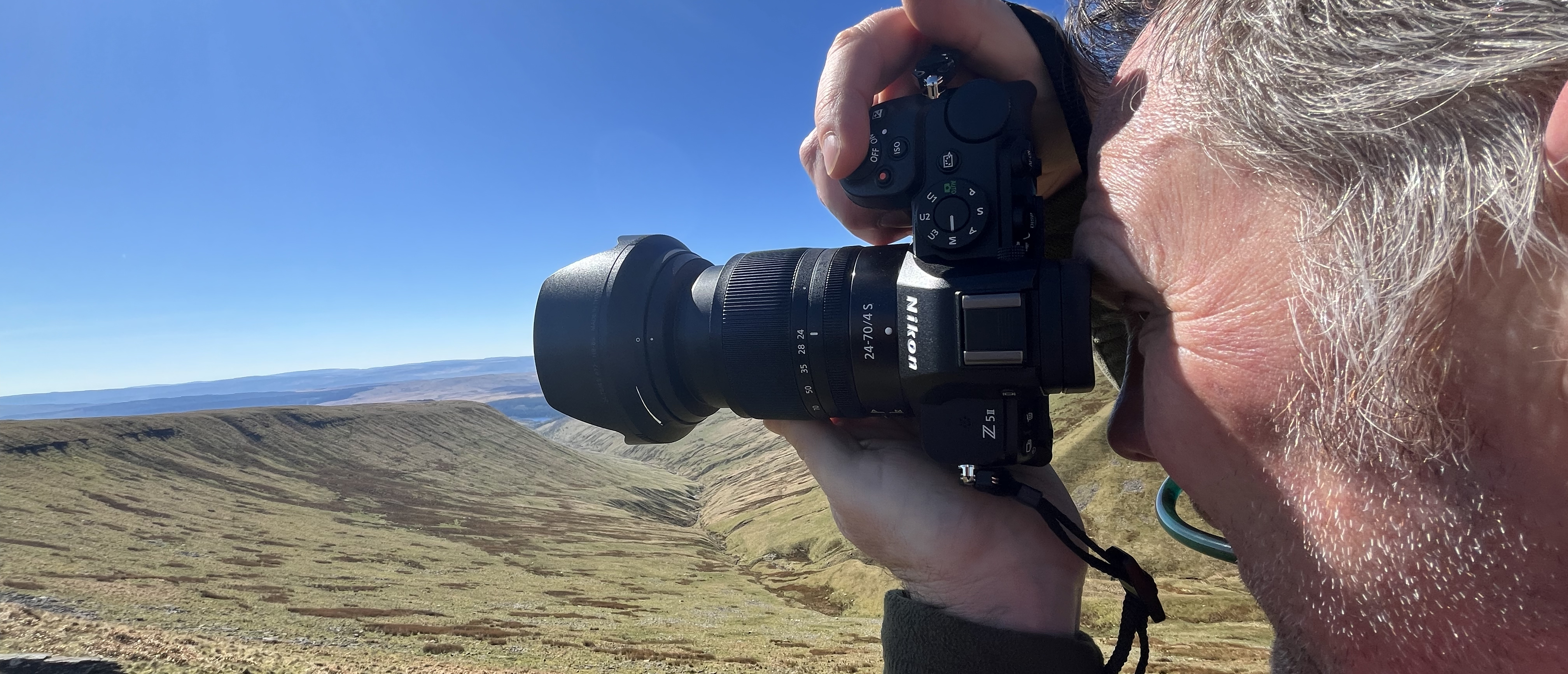What is a global shutter – and why is it so important?
Global shutters enable cameras to read the whole sensor in one go, which helps prevent issues with rolling shutter

If you're not quite sure exactly what a global shutter is, don't worry – you're not alone. Luckily, we've broken down exactly what a global shutter is and why they're so important to the future of the photographic industry.
• See the Digital Camera World A-Z Dictionary of photography jargon
Essentially, global shutters are an advanced way of reading data from the sensor. At present, most camera sensors use a system called rolling shutter. This is where data from the sensor is read line by line, from top to bottom. However, global shutters operate by reading the whole sensor all at once.
• Read more: Best mirrorless cameras
One of the problems with rolling shutters is that there's an inherent delay between the top section and the bottom section of the sensor being read. When shooting fast moving subjects, this delay can create artifacts such as warping or wobbling in the image or video clip.
Manufacturers such as Canon and Sony have been working hard to produce sensors that read data faster. As resolutions and frame rates in camera increase, faster read out times are required to keep up.
What is a mechanical shutter?

The vast majority of cameras operate using a mechanical shutter. These are physical blades that sit in front of the sensor and open and close based on your shutter speed. These shutter blades have no part to play in how data is read from the sensor and are solely used for exposing the scene.
Get the Digital Camera World Newsletter
The best camera deals, reviews, product advice, and unmissable photography news, direct to your inbox!
For example, if you set the shutter speed to one second on a camera such as the Canon EOS 5D Mark IV, then the shutter blades will open, remain open for one second and then close. As you increase the shutter speed, the physical blades will open and close faster.
The interesting thing is that above a certain speed (which differs from camera to camera, but will be around 1/200s), the shutter blades will no longer open all the way. This opening becomes smaller as you increase the shutter speed. This is why photographers experience banding across their image when shooting at fast shutter speeds when using flash.
This phenomenon occurs because only part of the scene has been exposed, with the shutter blades having blocked a portion of the sensor.


What is an electronic shutter?
An electronic shutter is another system that can be used to expose the sensor. Electronic shutters do not require any physical moving parts and is enacted on the camera sensor instead. Essentially, the sensor will turn pixels on and then switch them off when the correct exposure time has passed.
For example, if your shutter speed is set to one second then the pixels on the sensor will remain switched on for that time to complete the exposure. Faster shutter speeds will mean pixels will come on and go off at a faster speed.
As opposed to mechanical shutters, electronic shutters do actually play a part in how data is read from the sensor. This is where the difference between rolling shutter and global shutter starts to become important.
What is a rolling shutter?
When a camera sensor is exposed using the electronic shutter, a rolling shutter will read the sensor from top to bottom. Pixels on the top of the sensor will switch on first for the exposure and then the sensor will work its down to the bottom. In essence, the sensor will record the scene from top to bottom in a similar way to a scanner.
The benefit of this method is that data channels don't get inundated with too much information at once. It's easier to produce a high resolution sensor with fast frame rates when using this method to read data from the sensor.
The downside of this method is that with fast moving objects or panning the camera can introduce distortions into the footage or image. This is essentially the rolling shutter effects where straight lines appear bent. For video, this can create a wobbling or jello-like look to clips, which can be distracting to the viewer.
What is a global shutter?
In contrast, global shutters operate by exposing the whole scene from top to bottom all at once. Instead of having pixels from the top of the sensor switch on and work its way down like a scan, the sensor takes snap of the scene using all of the pixels all at once.
The downside of this method is that high resolution sensors can inundate data channels. Essentially, there's far too much data coming from the sensor all at one time. This can make it difficult to produce high resolution sensors with fast frame rates because it ends up being too much data for the camera to handle.

Why global shutters could be useful
There are several benefits to reading the sensor all at once. For one, there's little to no chance of any warping or distortion when shooting fast moving subjects, or if you're moving your camera quickly. This also benefits video, as you won't have any wobbling effects when filming in high speed environments.
Another benefit of this is that cameras may no longer require shutter blades. One of the key points of failure in a camera is the shutter mechanism. Having a global shutter would completely negate the requirement for having them. This means fewer moving parts and less chance of the camera breaking down.
Flash sync would also be easier with a global shutter. If the sensor is read all at once then flash synchronization could be achieved at any shutter speed. There would be no need for high-speed sync features and, regardless of how fast you were shooting, you'd be able to make full use of the strobes output capabilities.
Final thoughts
The implementation of global shutters in cameras may take a little time. This is because most consumers have become accustomed to higher resolution cameras with fast frame rates.
However, we might see cameras such as the potentially upcoming Canon EOS R1 with global shutters. This is because flagship sports and wildlife cameras tend to have lower resolution sensors, making the data more manageable.
Ultimately, global shutters could offer a wide range of benefits for both photographers and videographers. Unfortunately, it'll likely end up being a pricier option than rolling shutter cameras.
Read more
Best Canon camera
Best Nikon camera
Best Fujifilm camera
Best full frame DSLR
Usman is a commercial and architectural photographer based in West Yorkshire, who has been working professionally for over seven years. He has also spent over four years as a writer for the biggest photography sites in the world, including Staff Writer for Digital Camera World, senior staff writer for FStoppers, and tech writer for Petapixel.
With a particular interest in technology developments, high-resolution imaging and the high-end cameras, Usman has been on the cutting edge of camera news as well as writing features about medium format systems and global shutters, and has reviewed some of the latest Leica cameras as well as a tripod that’s even taller than Andre the Giant!

